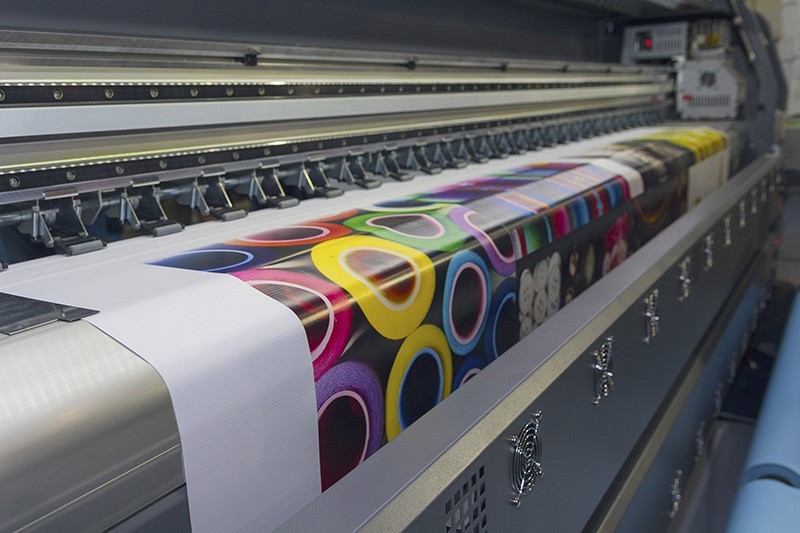Posters have been an essential tool for businesses, organizations, and individuals to communicate messages effectively. Whether for marketing, events, or artistic purposes, poster printing can make a lasting impression if done correctly. In this comprehensive guide, we’ll walk you through every step of designing, preparing, and printing posters, ensuring that your final product stands out and meets your goals.
Why Posters Are Powerful Communication Tools
Posters offer a visual medium to convey important information quickly. Their large format allows for creative freedom, making them an excellent choice for advertising, promoting events, or showcasing art. A well-designed poster can grab attention, spark curiosity, and even encourage a call to action. However, the success of a poster relies heavily on the quality of the poster printing process, as well as the design and message it carries.
Steps to Design the Perfect Poster
1. Understanding the Purpose and Audience
Before you begin designing your poster, it’s crucial to understand its purpose. Are you promoting a product, advertising an event, or creating artwork? Identifying the audience is equally important. A poster targeting young adults will differ in tone, colors, and style from one aimed at business professionals. This step will guide your decisions on color schemes, fonts, and imagery.
2. Choosing the Right Design Software
Selecting the appropriate design software is essential for creating high-quality posters. Professional designers often use tools like Adobe Photoshop, Illustrator, or InDesign. These programs offer extensive capabilities to craft custom designs, adjust colors, and manipulate images to fit your vision. For beginners or those on a budget, free tools like Canva or GIMP provide user-friendly options without sacrificing quality.
3. Crafting the Layout and Composition
The layout of your poster plays a crucial role in its readability and overall effectiveness. A clean, organized design makes it easier for viewers to digest the information. Here are some key tips for effective poster composition:
- Balance text and visuals: Ensure that text and images complement each other rather than competing for attention.
- Hierarchy of information: Prioritize important elements like the headline or main image to capture the viewer’s focus.
- White space: Use white space wisely to avoid overcrowding the poster and to make elements stand out.
4. Selecting Typography
Typography is a vital aspect of poster design. Choosing the right fonts can enhance readability and align with the theme of your message. Here are some guidelines for selecting typography:
- Headline font: Opt for bold, easy-to-read fonts like Helvetica or Impact to grab attention.
- Body text: Use clean, professional fonts like Arial or Times New Roman for detailed information.
- Font size: Ensure your fonts are appropriately sized. Headline fonts should be larger, while body text should be smaller but still legible from a distance.
5. Using Color Effectively
Color plays a significant role in the emotional impact of a poster. Different colors evoke different emotions and responses. For example:
- Red: Attention-grabbing and energetic, ideal for sales promotions.
- Blue: Trustworthy and calming, often used in corporate settings.
- Green: Associated with nature and health, perfect for eco-friendly products.
Choose a color palette that aligns with your message and brand identity. Additionally, ensure that the text contrasts well with the background to maintain readability.
How to Prepare Your Poster for Printing
1. Set the Correct Dimensions and Resolution
One of the most critical aspects of poster printing is setting the correct dimensions and resolution. Posters are typically printed in standard sizes like 11×17, 18×24, or 24×36 inches. When designing, make sure to choose the right size for your needs.
Resolution is also vital for maintaining image quality. Ensure that your poster design is set to at least 300 DPI (dots per inch) for clear, crisp images and text.
2. Choose the Right File Format
When you’re ready to print, it’s essential to save your design in a format that preserves its quality. PDF is the most common format for printing, as it maintains vector elements, text, and high-resolution images. Alternatively, file formats like JPEG or TIFF can be used, but make sure they are high-quality versions to avoid pixelation.
3. Bleed and Margins
To avoid white borders and ensure your design extends to the edges of the poster, set up a bleed in your design. A typical bleed is around 0.125 inches on all sides. Additionally, leave safe margins to prevent important content from being cut off during the printing process.
Choosing the Right Poster Printing Service
1. Online vs. Local Printing
Once your design is ready, the next step is choosing a printing service. Both online and local printing services offer unique advantages. Online printing services like Vistaprint, Moo, or PosterMyWall provide convenience, a wide range of customization options, and delivery to your door. Local print shops, on the other hand, allow you to oversee the printing process and offer more personalized service.
2. Paper Type and Finish
The quality of the paper used for your poster significantly affects its final appearance. Choose between glossy, matte, or satin finishes based on the desired effect:
- Glossy: Shiny, vibrant colors that work well for marketing or event posters.
- Matte: A more subdued, non-reflective finish, ideal for professional or artistic posters.
- Satin: Offers a balance between glossy and matte finishes, providing some shine without glare.
Additionally, consider the paper weight. Heavier paper, such as 100lb or 110lb stock, ensures durability and a premium feel.
Finalizing Your Poster for Distribution
1. Digital Distribution
In today’s digital age, posters are not only printed but also shared online. Optimize your poster for digital distribution by creating web-friendly formats such as JPEG or PNG. You can share these on social media, websites, or email newsletters to expand your reach.
2. Physical Distribution
For printed posters, think strategically about where you’ll display them. High-traffic areas like cafes, community boards, and public transportation stations can maximize visibility. Additionally, distributing posters at events or local businesses can further boost their impact.
Conclusion: Elevate Your Poster Printing Experience
Designing and printing a stunning poster requires attention to detail, creativity, and choosing the right printing methods. From selecting the right design tools to preparing your file for print and selecting the perfect paper finish, every step plays a crucial role in the final product. By following these guidelines, your poster will not only stand out but also effectively communicate your message to your audience.


